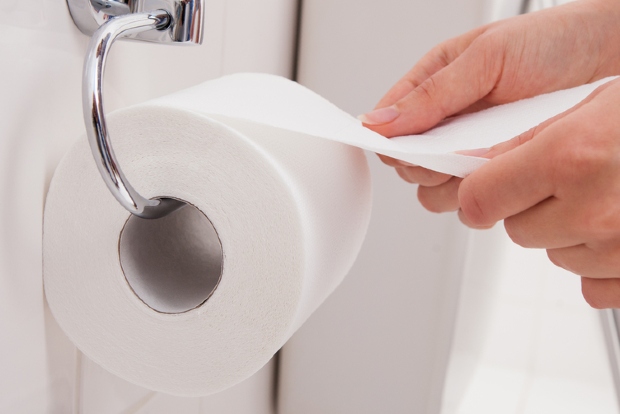Begin typing your search...
Why paper towels, coins beat hand dryers, banknotes
What do paper towels and copper coins have in common? One thing is that they have both increasingly gone out of fashion in recent years.

New Delhi
More and more restaurants, airports and public institutions have gone over to getting rid of towels, instead installing highly effective blowers that use a sharp jet of air to dry your hands in a minimum of time.
Facility managers like to justify this with environmental reasons, saying that doing so reduces waste. Perhaps, of course, saving money also plays a role — but stinginess is not as cool as ecological awareness when it comes to making changes palatable to customers. The situation is similar with coins. In the EU, there is a lively debate about the sense and nonsense of abolishing 1 and 2-cent coins.
The most common argument put forward for their abolition is that users find having to constantly count out the small coins annoying. Some people would also like to abolish or ban cash altogether, not least to make life difficult for tax evaders. These advocates of plastic money could now be given a completely new argument: protection against infectious diseases. Last Thursday, two research groups submitted comparatively small studies, which have not yet been published in scientific journals, within the framework of a specialist congress organised by the European Society for Clinical Microbiology and Infectious Diseases.
Ines Moura and Duncan Ewin from the University of Leeds, together with their professor, Marc Wilcox, investigated how quickly you can spread viruses on surfaces after going to the toilet, depending on whether you blow your hands dry with an electric hand dryer or use paper towels. For the new experiments, four volunteers initially contaminated their hands with bacteriophages. These are bacteria-eating viruses that are harmless to humans. The volunteers did not wash their hands thoroughly afterward, but only moistened them to simulate sloppily washed hands. After the hands were dried with either an air dryer or a paper towel, the hygienists took samples to find out how much the viruses had spread on the hands and whether they had also spread to clothing (the test persons wore aprons for this purpose) and surfaces in the surrounding area, such as door handles, handrails, elevator buttons and chairs in the waiting room. In addition, the researchers examined stethoscopes worn by the participants, telephones they touched and office chairs.
The result: Both hand dryers and paper towels reduced the virus contamination on the hands. But for 10 out of 11 surfaces that were touched and examined afterward, the researchers found “significantly greater environmental contamination” after hand dryers were used than when paper towels were employed.
A research team led by Professor Johannes Knobloch of the University Medical Center Hamburg Eppendorf has looked at the bacterial contamination of money. The scientists contaminated 5 and 50 euro cent and 1-euro coins, as well as 5-euro notes, with Enterococcus faecium and Staphylococcus aureus bacteria under conditions that simulated normal skin contact. The result: The bacteria were worst-off on the pure copper surfaces of the 5-cent coins. But all coin surfaces that contained copper had a clear antibacterial effect. Thus, the bacterial load with Staphylococcus aureus was reduced by between 98.7% and 99.5% after 24 hours, depending on the type of coin. With Enterococcus faecium, the reduction was between 96.8% and 99%. The paper money did not show any reduction. From a hygienic point of view, however, contactless and cashless payment remains the safest option.
The writer is a journalist with Deutsche Welle
Visit news.dtnext.in to explore our interactive epaper!
Download the DT Next app for more exciting features!
Click here for iOS
Click here for Android
Next Story



